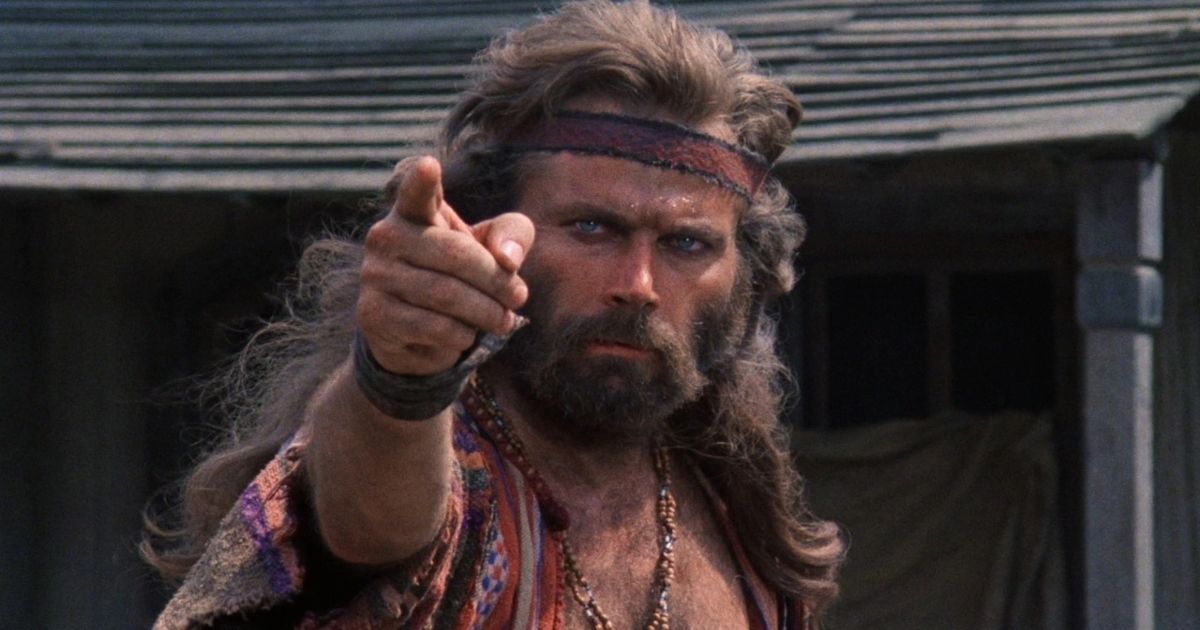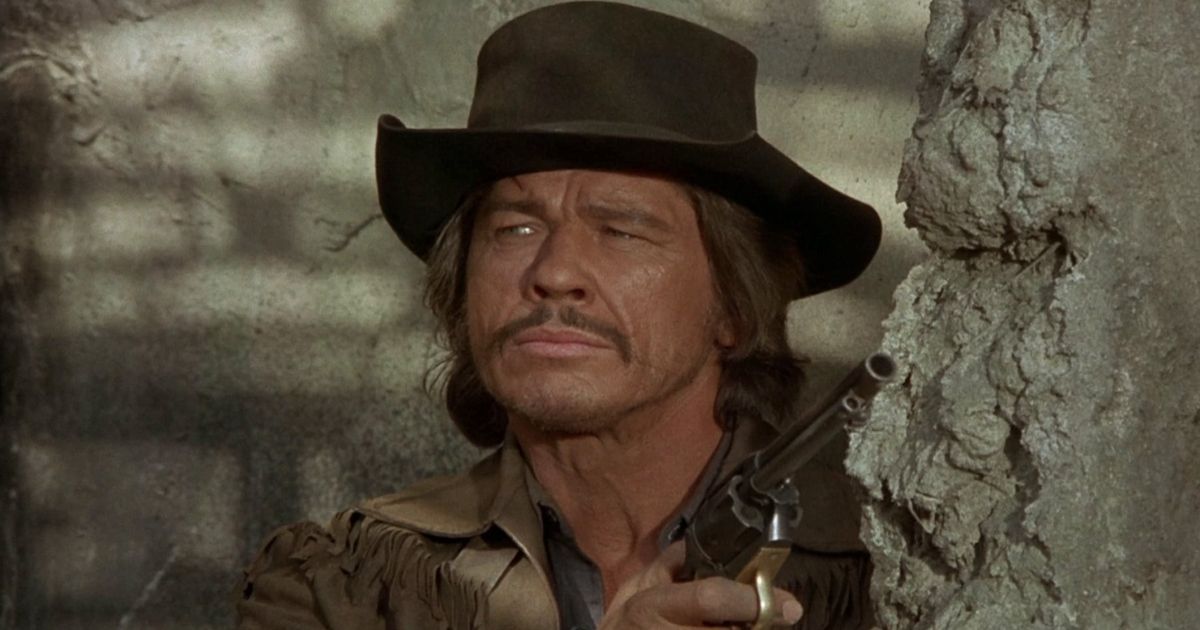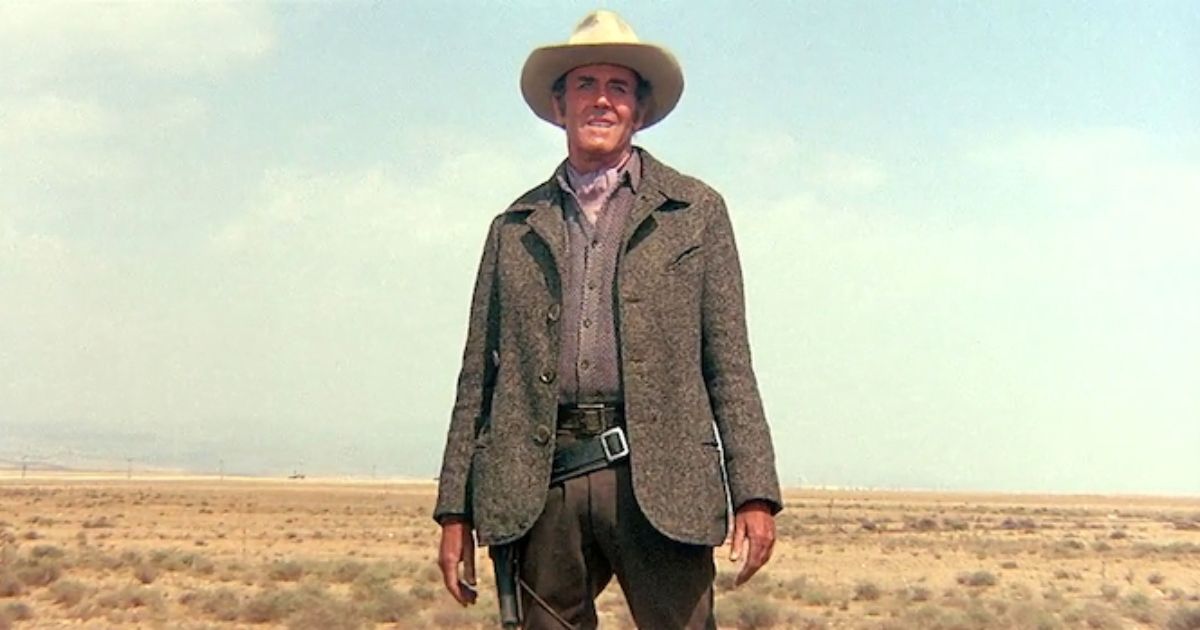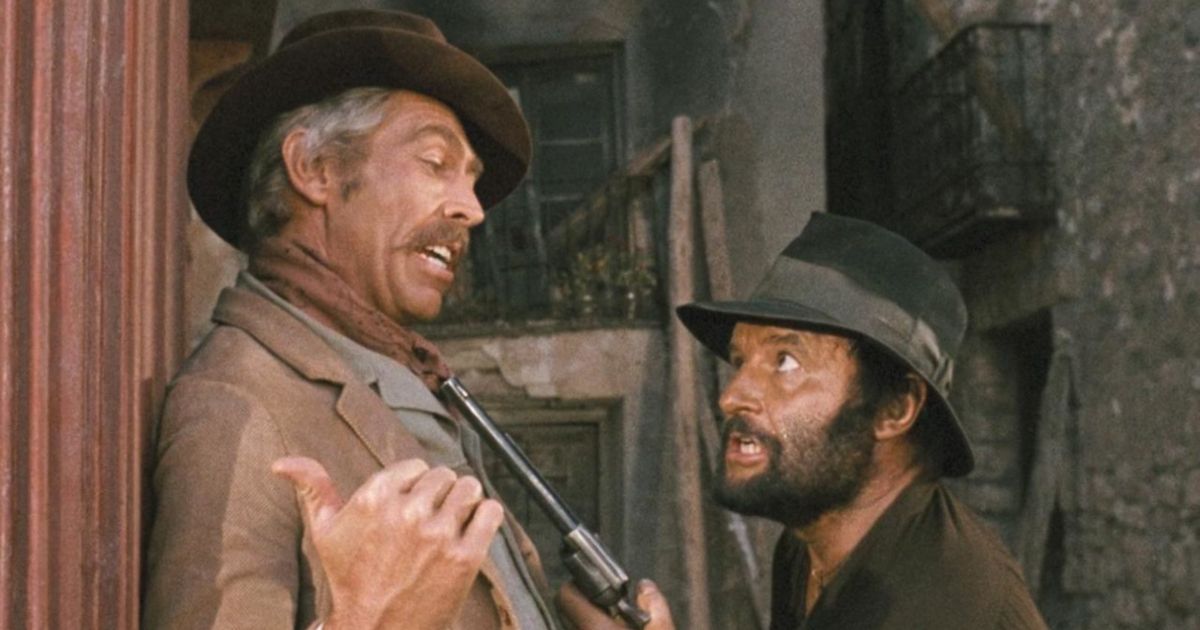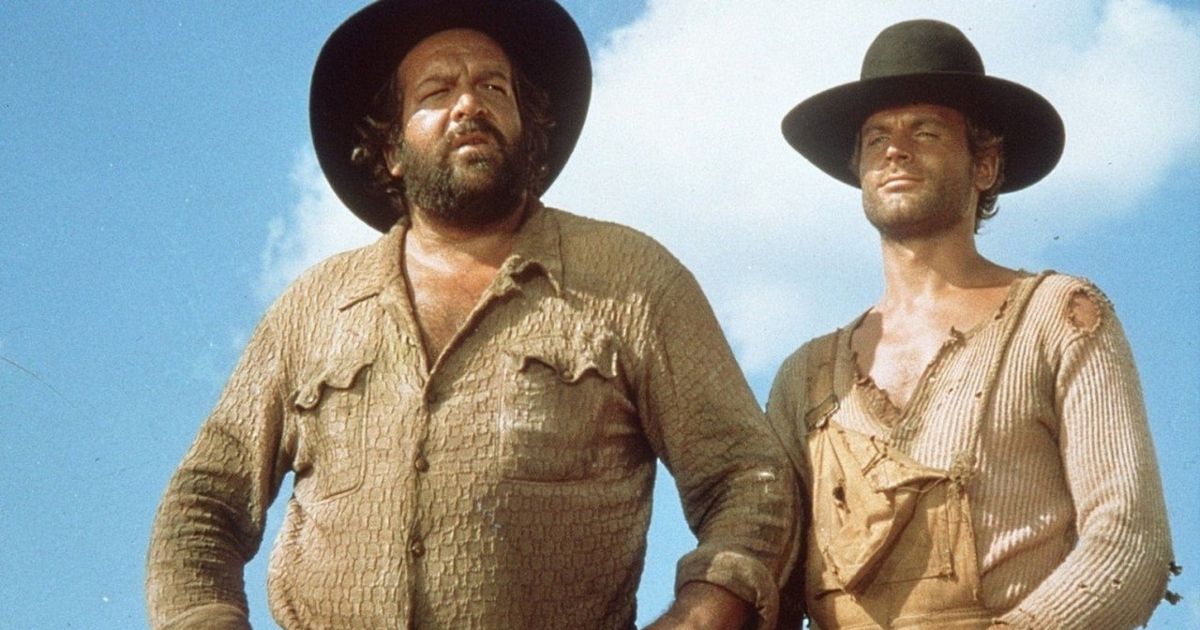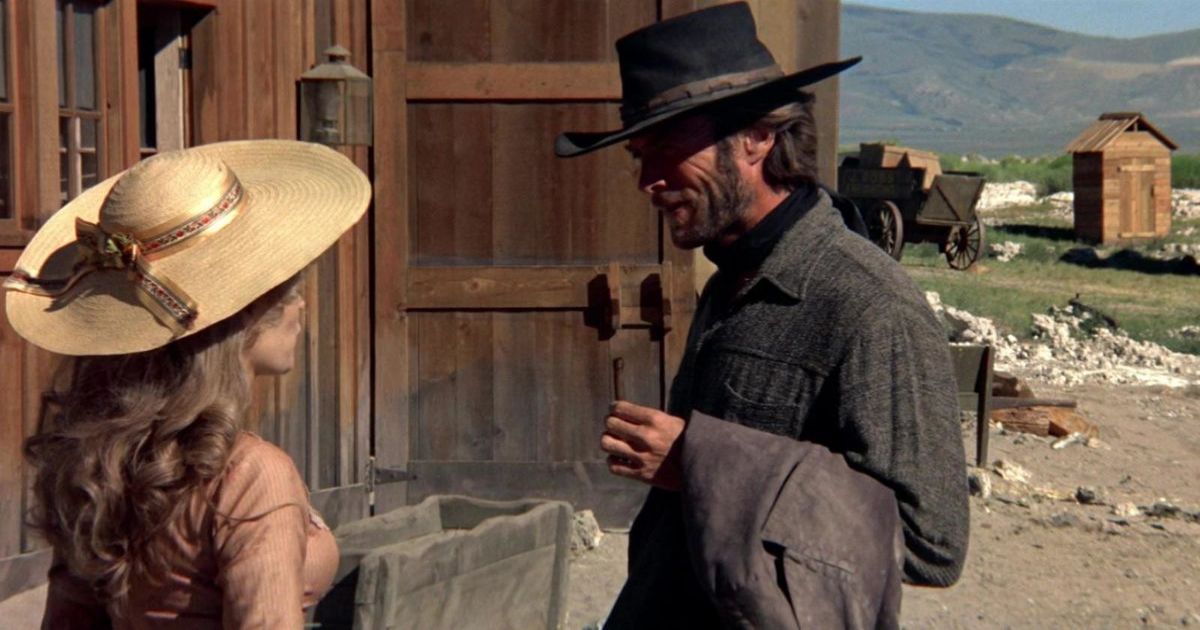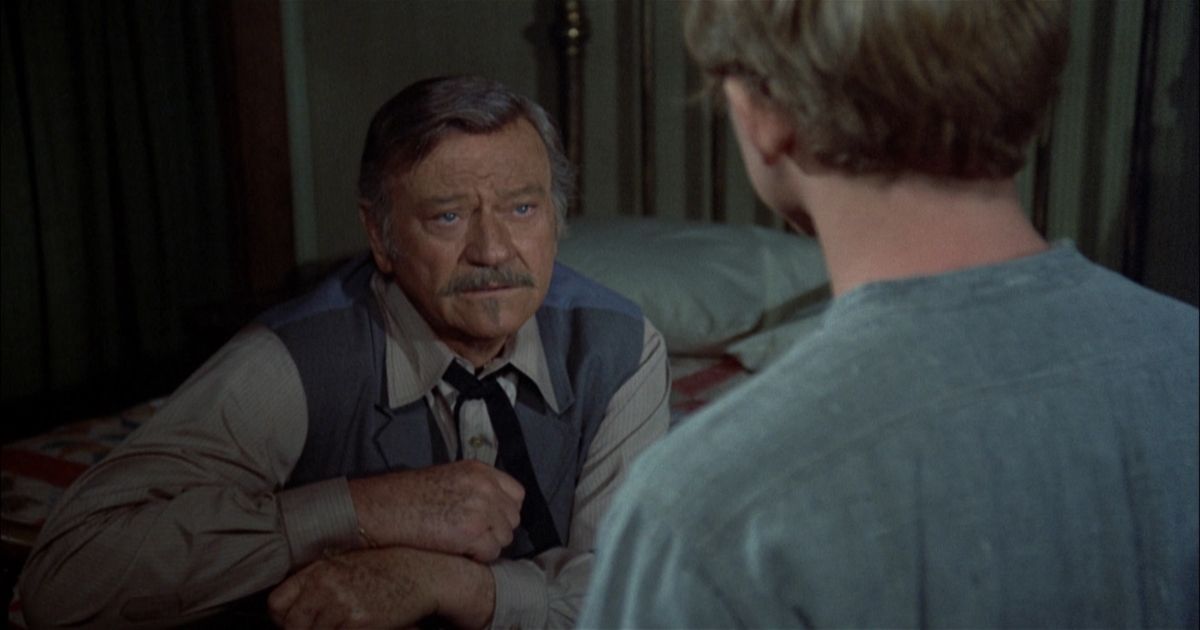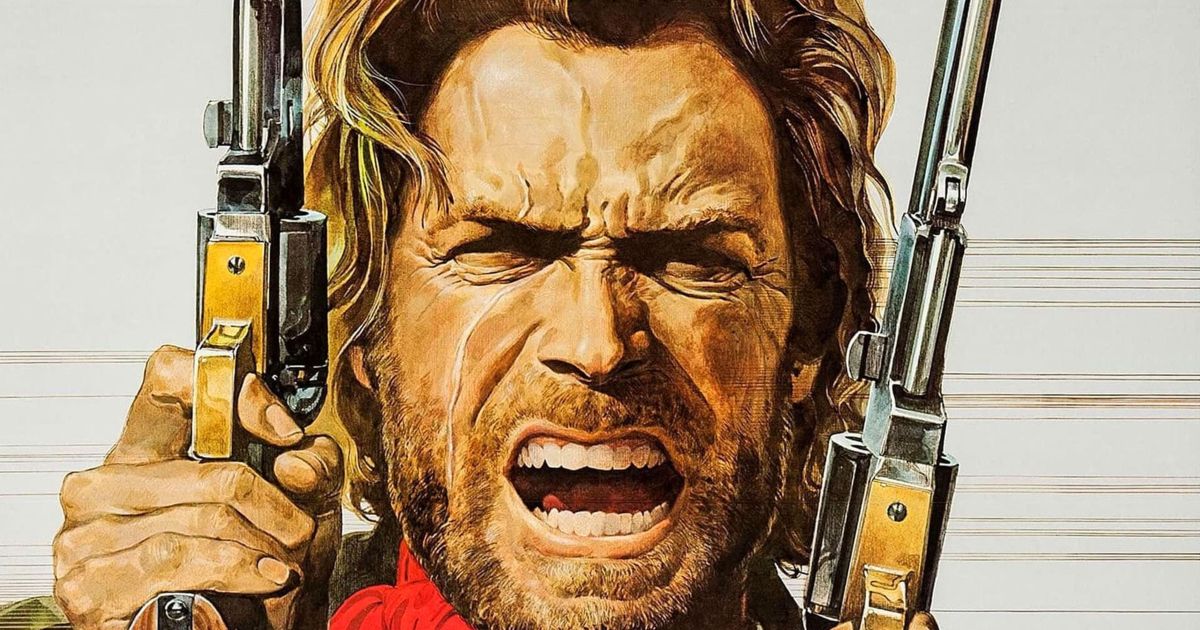Westerns reflected American frontier life and the expansion into the Wild West at the turn of the century. Virtual lawlessness reigned in the remote stretches of outlands, deserts, and ramshackle towns. Survival, greed, justice, and freedom were the common currency in the late 1800s. The Western genre and its various sub-categories have endured as historical dramas and thematic pieces of national identity for America and many other cultures.
Traditional Westerns use the conceits of lawful, lawless, indigenous, and heroic characters for the framework of their escapades. The minutiae and milieu underwent a metamorphosis since the heydays of Jimmy Stewart, John Wayne, and Gary Cooper. A subgenre like the Acid Western has counterculture and anticapitalist sensibilities, with an emphasis on the savagery and unpredictable nature of the frontier. Space Westerns, possibly the most popular subgenre, use science fiction's trappings to extend the propagation of society in every corner of the universe. The Spaghetti Western, which presents morally gray characters and excessive violence, profanity, and nudity, was another subgenre that flourished between the mid-'60s and the early '70s and also left its mark in the following decades.
The '70s in particular produced quite an experimental and interesting blend of Westerns that explored the undying possibilities of the West from new vantage points, low and high. There are a few great titles that best represent that decade's genre to help fans further explore the West.
Updated on July 31st, 2023, by Mona Bassil: To keep this article fresh and relevant by adding more information and entries, this article has been updated with additional content.
13 The Ballad of Cable Hogue (1970)
Jason Robards is the titular prospector Cable Hogue in this unconventional Western set in 1905 and directed by Sam Peckinpah. Hogue turned a desert-watering hole into an enterprise, in honor of the Wild West of the past. He represented the arbitrary selfish side of the untamed frontier through humorous antics.
The satirical irony of expanding the West through monetary gain shows how greed and desperation turn men into irreverent charlatans and cheats. Welcome to early twentieth-century civilization, where thirst costs you ten cents a head.
12 Blazing Saddles (1974)
Cleavon Little and Gene Wilder (who also starred in the 1979 Western The Frisco Kid with Harrison Ford) comedic dynamic made Blazing Saddles a witty and timeless classic. Little plays a new sheriff named Bart who is appointed by attorney general Hedley Lamarr (Harvey Korman).
His job is to persuade the local townsfolk to migrate elsewhere so that a new railroad can be built. Wilder plays an alcoholic gunslinger named Jim AKA "the Wako Kid," who helps Bart defend himself against the towns' hostility, racism, and the always-scheming Lamarr. With a heap of anachronisms and self-aware, historical daring, the American frontier has never been more of a volatile tragicomedy than through the lens of director Mel Brooks.
11 Dirty Little Billy (1972)
Michael J. Pollard (Bonnie and Clyde) plays the notorious outlaw Billy the Kid in the revisionist Western Dirty Little Billy, directed by Stan Dragoti. It was also the film debut of Nick Nolte in his uncredited role as the town gang leader.
Veering from the grandiose scope of traditional Western fare, Dirty Little Billy focuses on the darker elements of realism through the violent early life of William H. Bonney. Though the actor was twice the age of 17-year-old Billy, his portrayal of him as a victim turned madman is uncompromising and bitter.
10 Big Jake (1971)
The Fain Gang of brother bandits terrorized the ranch of Martha McCandles at the Mexico-United States border in 1971's Big Jake. They rode off with her son, Jacob McCandles Jr., and held him hostage for a $1 million ransom.
Texas Rangers and the United States Army offered to intervene, but she instead enlisted her estranged husband, Jacob "Big Jake" McCandles (John Wayne), to save his "Little Jake." The introduction of McCandles was well-written and a well-delivered, terse, matter-of-fact characterization that saddles up for a classic Western tale.
9 Chisum (1970)
Andrew McLaglen's Chisum is loosely based on the 1878 Lincoln County War between territorial factions instigated by Billy the Kid. John Wayne plays the historical figure John Chisum, a wealthy cattle baron who is caught up in the turf war in the New Mexico Territory.
The atmosphere and action are close at hand in this western which is sure to appeal to fans of John Wayne's many Westerns. The memorable theme song The Ballad of John Chisum highlights the powerful image of this legendary landowner.
8 Keoma (1976)
Franco Nero, the star of Django and Django Strikes Again, portrayed Keoma Shannon, a biracial ex-Union soldier returning from the Civil War in this memorable Spaghetti Western directed by Enzo G. Castellari.
When his half-brothers joined gang ruler Caldwell and overrun his hometown, he recruited his father and his friend to restore order in the postwar West. The character is a pseudo-Jesus figure, trying to keep the peace while using his Native American prowess and war tactics to overcome his enemies. Keoma ushered in the twilight of this violent subgenre and boasted an engaging character arc and compelling cinematography.
7 Red Sun (1971)
Red Sun united the cinematic talents of The Magnificent Seven's Charles Bronson and one of the Seven Samurai Toshirō Mifune under the direction of Terence Young, who adapted the first of the James Bond films as well as classic hits like Wait Until Dark.
In a clash between East and West, this Franco-Italian, multicultural production focused on a double-crossed bandit. He was forced to help a samurai exact revenge on his gang leader and steal back a pilfered Japanese sword meant as a gift for the U.S. President. The film had a positive reception in Japan and played in Tokyo theaters for 35 weeks straight.
6 My Name Is Nobody (1973)
Directed by Tonino Valerii and co-written by the iconic Sergio Leone, My Name Is Nobody starred Henry Fonda, Terence Hill, and Jean Martin. The film followed an aspiring young shootist who idolized a retiring legendary gunslinger.
He pushed his idol into a face-off with a posse of rough and gruff 150 fighters, collectively known as The Wild Horde. Maestro Ennio Morricone's blood-pumping composition, which cleverly samples Wagner's Ride of the Valkyries, played whenever The Wild Horde appeared, adding punch to an already exceptional film.
5 Duck, You Sucker! (1971)
Also known as A Fistful of Dynamite and Once Upon a Time... The Revolution, Leone's underrated and lesser-known Western Duck, You Sucker! features Rod Steiger, James Coburn, and Romolo Valli.
Set in the midst of the Mexican Revolution, Duck, You Sucker! is raw, emotional, stylish, and thought-provoking. The film follows two unlikely allies: a brute Mexican outlaw who is driven to fight for his country's freedom, and a former member of the Irish Volunteer Army who happens to be an explosives expert.
4 They Call Me Trinity (1970)
Hill and Bud Spencer made a lot of iconic movies together, especially in the Western and police comedy genres. Enzo Barboni's entertaining They Call Me Trinity followed two peculiar brothers as they ran into each other in a Western town.
One brother is an extremely nonchalant young man who happens to be a remarkable gunslinger, and the other is a robber masquerading as a sheriff who is a master of close-combat fighting. Together, they become the defenders of a Mormon settlement against a greedy land baron and a posse of Mexican outlaws.
3 High Plains Drifter (1973)
Helmed by and starring Clint Eastwood, High Plains Drifter follows a wandering gunslinger who happens upon the small town of Lago. He is hired by the locals to ward off three incoming criminals.
However, he soon finds himself caught up in a scheme to save the town that he manipulates to his own advantage. Esquire described Eastwood's surreal, brutally realistic, and gripping film as a "daring, weird, and wonderful" film that was also an "overlooked masterpiece." Clint Eastwood
2 The Shootist (1976)
John Bernard "J.B." Books, ex-sheriff and gunfighter, is a dying breed in the wake of western expansion with new inventions like the camera and trolley. The town doctor reveals he has terminal cancer and has only weeks to live.
Outlaws from the past catch wind of the last-of-his-kind shootist, and plan to put him out of his misery before he makes his way into the history books. The Shootist was Wayne's last role; a fitting end to his 200-plus film career.
1 The Outlaw Josey Wales (1976)
Directed by and starring Eastwood, The Outlaw Josey Wales follows a farmer from Missouri whose family is murdered by rogue Union soldiers. Obsessed with getting payback, he joins a Confederate group and slowly builds a name for himself as a skilled and ruthless shooter.
He consequently becomes the target of both bounty hunters and Union veterans after the war. The Outlaw Josey Wales was one of Eastwood's most iconic films, and critics celebrated the actor's vulnerability as both an actor and a director.

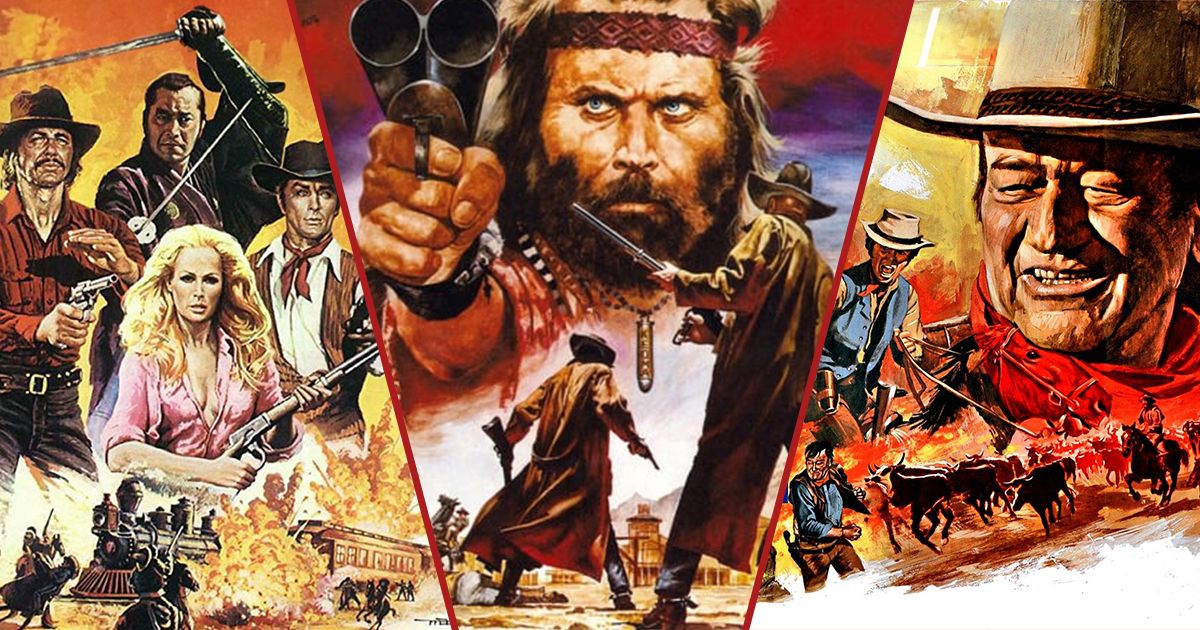
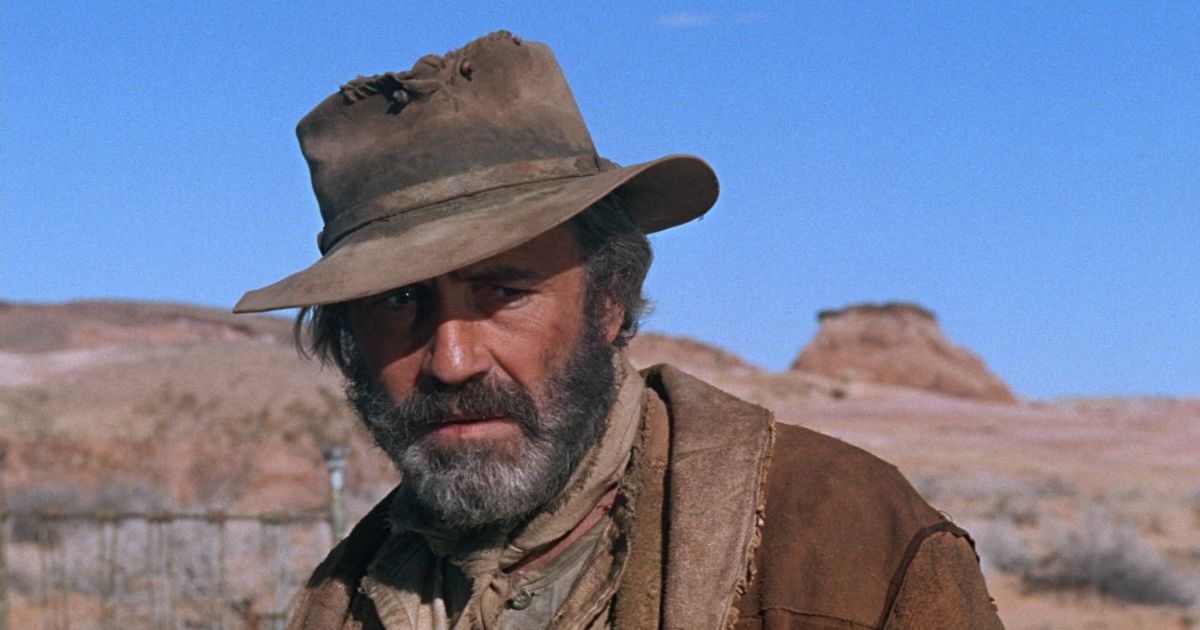
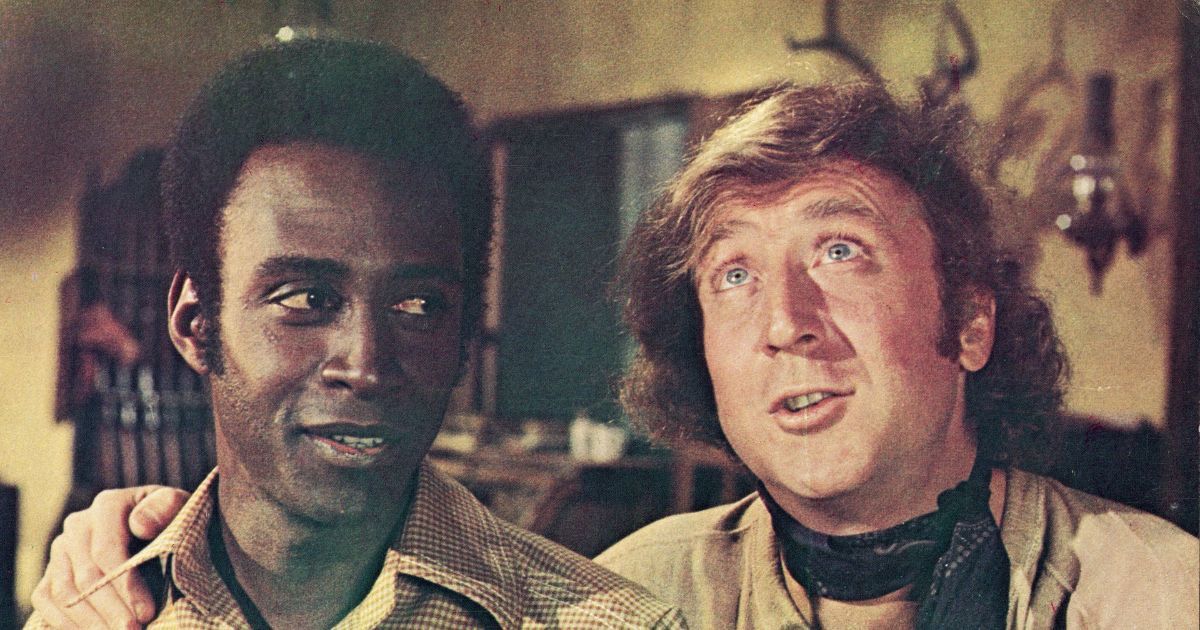
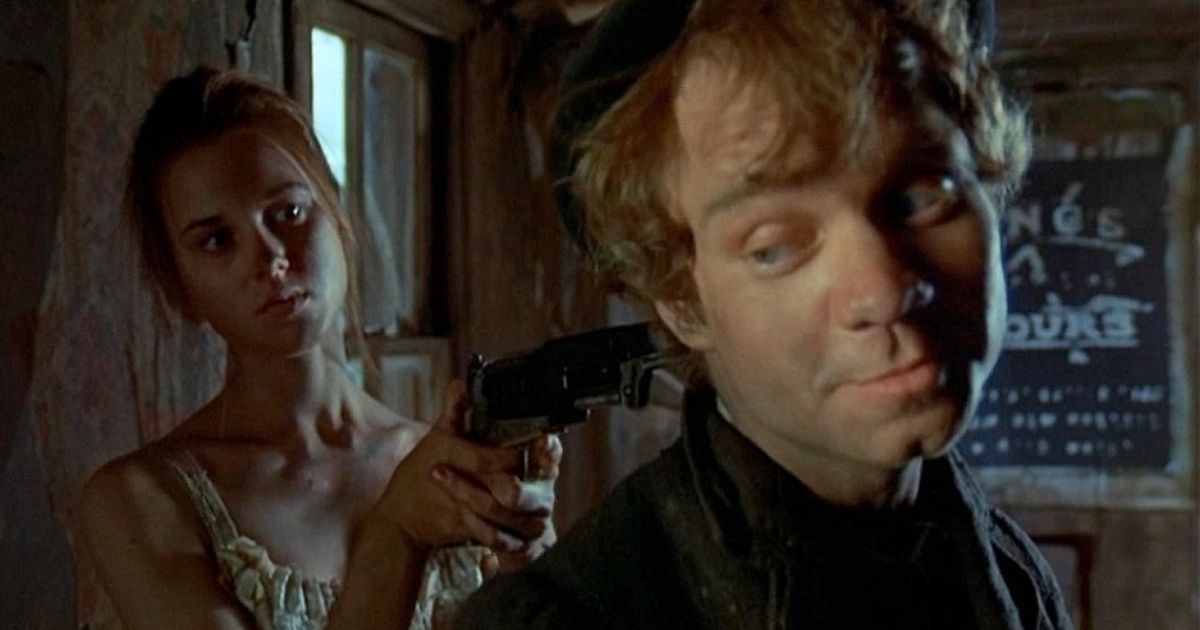
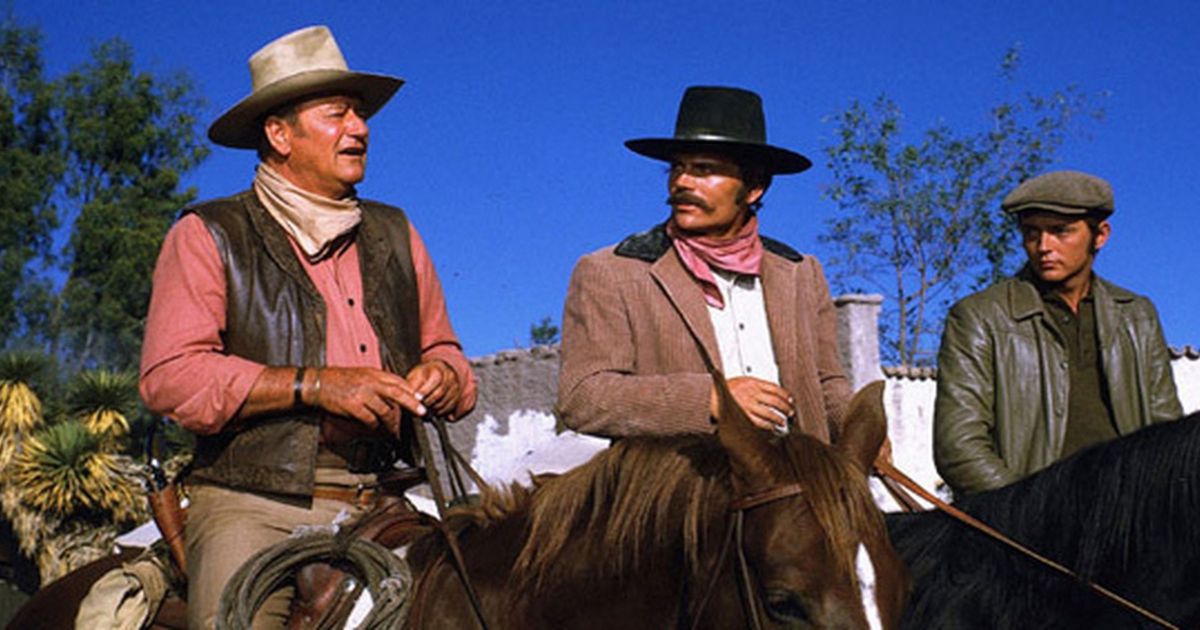
.jpg)
